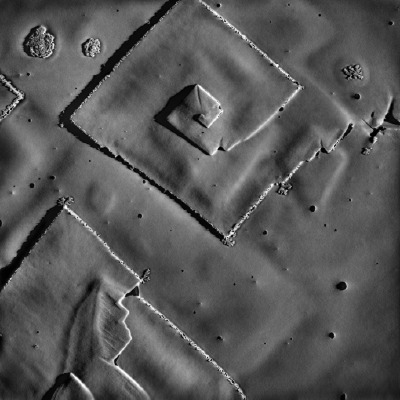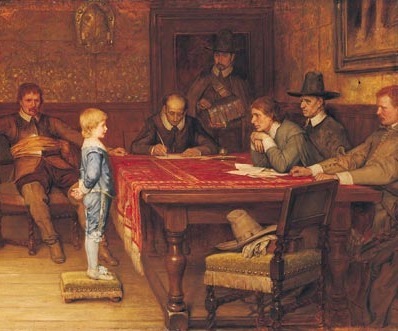If you take a solution of a protein, an enzyme, say, and heat it up, it unfolds. The beautifully specific, three dimensional structure, that underlies the workings of the enzyme or molecular machine, melts away, leaving the protein in an open, flexible state. What happens next depends on how concentrated the protein solution is. Remarkably, if the solution is dilute enough that different protein molecules don’t significantly interact, they’ll refold back into their biologically active state. This discovery of reversible refolding won Christian Anfinsen the 1972 Nobel Prize for chemistry; it was these experiments that established that the three dimensional structure of proteins in their functional form is wholly specified by their one-dimensional sequence of amino acids via the remarkable, and still not wholly understood, example of self-assembly that is protein folding. But if the proteins are in a more concentrated solution – the concentration of proteins in egg white or milk whey, for example – then as they cool they don’t fold properly. Instead they interact to make a sticky mess, apparently without biological functionality – you can’t hatch a chick out of a boiled egg.
But over the last fifteen years, it’s become clear that misfolded proteins are of huge biological and medical significance. Previously, the state that many proteins misfold into was believed to be an uninteresting, unstructured mish-mash. But now it’s known that, on the contrary, misfolded proteins often form a generic, highly ordered structure called an amyloid fibril. These are tough, stiff fibres, each about 10 nm wide and up to a few microns in length, in which the protein molecules are stacked together, linked by multiple hydrogen bonds, in extended, crystal-like structures called beta-sheets. The medical significance of these amyloid fibrils is huge; it’s these misfolded proteins that are associated with a number of serious and incurable diseases, like Alzheimers, type II diabetes and Creutzfield-Jacob disease. The physical significance is that there’s an increasingly influential school of thought (led by Chris Dobson of Cambridge) that the amyloid state is actually the most stable state of virtually all proteins. If you take this view to the limit, it implies that all organisms would eventually and inevitably succumb to amyloid diseases if they lived long enough.
This sinister side of amyloid fibrils hasn’t stopped people looking for some positive uses for them. Some researchers, like Harvard’s Susan Lindquist, have thought about using them as templates to make nanowires, though in my view they have several disadvantages compared to other potential biological templates like DNA. But biology is full of surprises, and the discovery by a Swedish group a few years ago that a misfolded version of the milk protein alpha-lactalbumin has a potent anti-cancer effect (full article available, without subscription, here) is certainly one of these. They speculate that this conversion takes place inside the stomach of new-born babies, helping protect them against cancer, and these molecules have already undergone successful clinical trials for treatment of skin papillomas. My children are still young enough for me to remember well the consistency of posset (as we in England delicately call regurgitated baby milk) so the idea of this as a clinicallly proven defense against cancer is rather odd.
But even stranger than this is a story in this weeks Economist, implicating amyloids in the ultimate origin of life itself. This reports from a meeting held at the Royal Society last week about the origin of life, and discusses a theory by the Cardiff biologist Trevor Dale. He takes inspiration from Cairns-Smith, the originator of a brilliant but so far unverified theory of the origin of life which suggests that life began by the templated polymerisation of macromolecules on the surfaces of clay platelets. Dale takes this idea, but suggests that the original macromolecule was RNA, and the surface, rather than being a clay platelet, was a protein amyloid fibril. This then naturally gives rise to the idea of co-evolution of nucleic acids and proteins, rather than requiring, as more popular theories do, a separate, later, stage in which an RNA-only form of life recruits proteins. The theory is described in an pre-publication article in the Journal of Theoretical Biology (abstract only without a subscription). I’m not sure I’m entirely convinced, but who can say what other suprises the amyloid state of proteins may yet spring.

